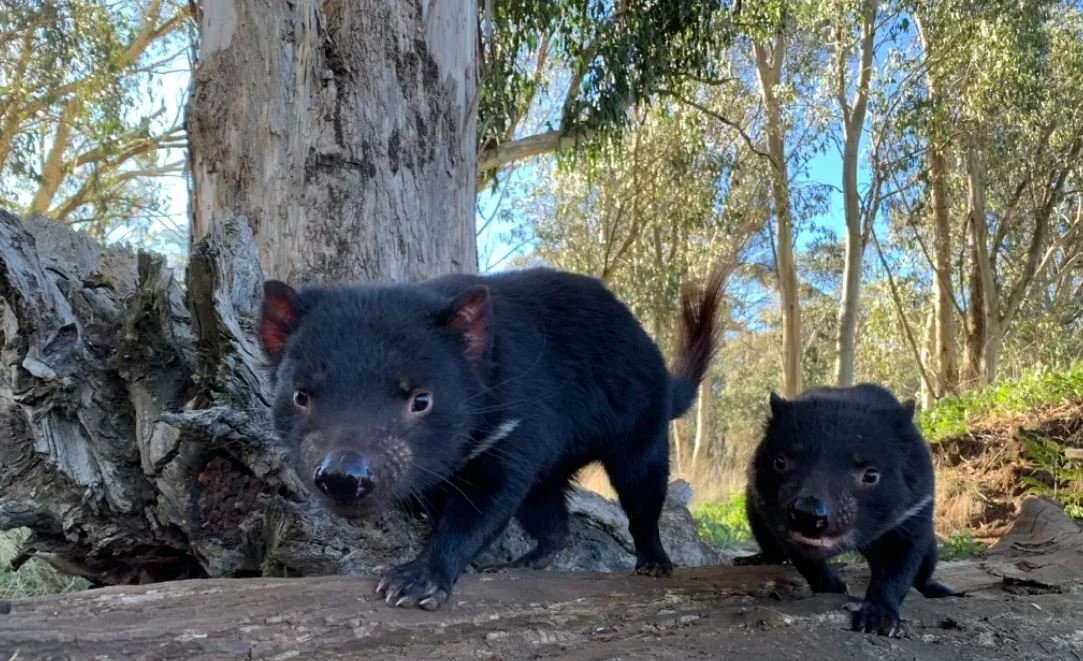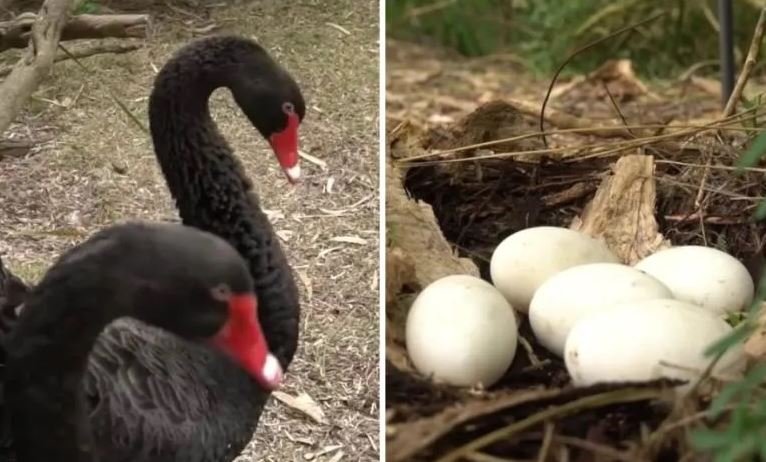Scientists Trick Condors With Hi-Tech Eggs
The Oregon Zoo’s condor-breeding program deploys a devious method to monitor conditions in the critically endangered birds’ nests. When an egg is laid, the scientists swap it with a hi-tech fake, a 3D-printed “egg” packed with sensors.
“During breeding season, tensions tend to run high,” Kelli Walker, the zoo’s senior condor keeper, tells the New York Times. “And occasionally pairs will get into a fight in the nest room and by accident injure the egg.”
Protecting the real egg from domestic violence is just one of the reasons to swipe it. The dummy replacement egg will stealthily monitor nest temperature, ambient sounds, and frequency of egg-turning. The zoo uses the information to replicate natural conditions in the incubators, all to give the real egg its best chance to hatch. Hatchlings are quickly returned to its parents, who are none the wiser for the deception.
The fraudulent eggs, developed by bird and conservation experts Constance Woodman and Scott Shaffer, require fine-tuned specifications. They have to match the size, weight, and color of the real thing; the shell has to be thin enough for the internal sensors to work, but thick enough to withstand any rough handling by the parents; and the plastic and coloring used must be nontoxic (they use dyes intended for children’s clothing).
The scientists test out their new faux-eggs with Loretta, a litter-box-trained “house turkey” who is easily fooled but no more so than your average condor. “If Loretta doesn’t like it, she won’t sit on it,” says Woodman.
There’s one more bonus to the fake-egg strategy: when the real egg is removed, the breeding pair sometimes will lay a second egg, thereby potentially increasing the condor population by one more baby. Every little bit counts.
Constance Woodman / New York Times
Photo credit: Shervin Hess / New York Times








